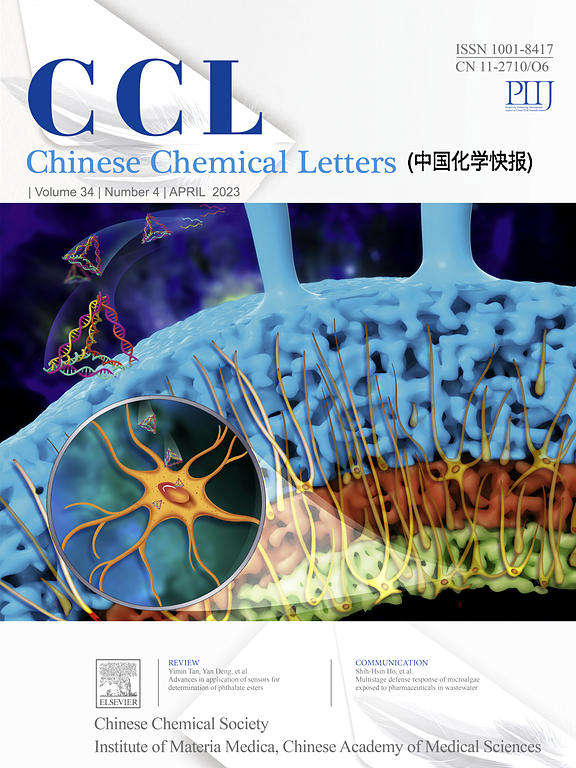电化学合成:现代有机合成的一种绿色有力的方法和未来的发展方向
IF 8.9
1区 化学
Q1 CHEMISTRY, MULTIDISCIPLINARY
引用次数: 0
摘要
电化学合成是一种安全、温和、环保的化学氧化剂和还原剂替代品。它利用电催化氧化还原反应。然而,了解所涉及的工具和技术对于在学术和工业应用中最大化其利益至关重要。不过,对于一个新手来说,电合成可能有点吓人。因此,我们通过强调关键概念和提供实用技巧来指导合成化学家。本文综述了电助剂、间接电合成、交流电极电解、微反应器在电化学过程中的应用以及配对电化学反应。这些策略通过选定的例子加以说明。讨论了电极的使用和循环伏安法等电分析方法。它强调了电化学和光化学融合的优势,以及特定有机溶剂和电解质的挑战。将电化学整合到一个连续的化学流程系统中,在效率、适用性、可持续性和选择性方面进一步推进了绿色活化技术,从而提供更高效、更清洁的合成过程。此外,本文还强调了大规模电合成的现有方法和未来方向的改进。本文章由计算机程序翻译,如有差异,请以英文原文为准。
Electrochemical synthesis: A green & powerful approach to modern organic synthesis and future directions
Electrochemical synthesis is a safe, mild and environmentally friendly alternative to chemical oxidants and reductants. It uses electricity to catalyze redox reactions. However, understanding the tools and techniques involved is crucial for maximizing its benefits in academic and industrial applications. Still, for a novice, electrosynthesis can be a somewhat intimidating. Therefore, we provide guidance to synthetic chemists by highlighting key concepts and offering practical tips. In this review article, we focus on the utilization of electro-auxiliaries, indirect electrosynthesis, alternating electrode electrolysis (AEE), microreactors for electrochemical processes, and paired electrochemical reactions. These strategies are illustrated with selected examples. The use of electrodes and electroanalytical methods such as cyclic voltammetry are discussed. It highlights the advantages of merging electrochemistry and photochemistry, and the challenges of specific organic solvents and electrolytes. The incorporation of electrochemistry into a continuous chemical flow system further advances green activation technologies in terms of efficiency, applicability, sustainability, and selectivity to deliver more efficient and cleaner synthetic processes. Furthermore, this manuscript also emphasizes improvements in current approaches and future directions for large-scale electrosynthesis.
求助全文
通过发布文献求助,成功后即可免费获取论文全文。
去求助
来源期刊

Chinese Chemical Letters
化学-化学综合
CiteScore
14.10
自引率
15.40%
发文量
8969
审稿时长
1.6 months
期刊介绍:
Chinese Chemical Letters (CCL) (ISSN 1001-8417) was founded in July 1990. The journal publishes preliminary accounts in the whole field of chemistry, including inorganic chemistry, organic chemistry, analytical chemistry, physical chemistry, polymer chemistry, applied chemistry, etc.Chinese Chemical Letters does not accept articles previously published or scheduled to be published. To verify originality, your article may be checked by the originality detection service CrossCheck.
 求助内容:
求助内容: 应助结果提醒方式:
应助结果提醒方式:


